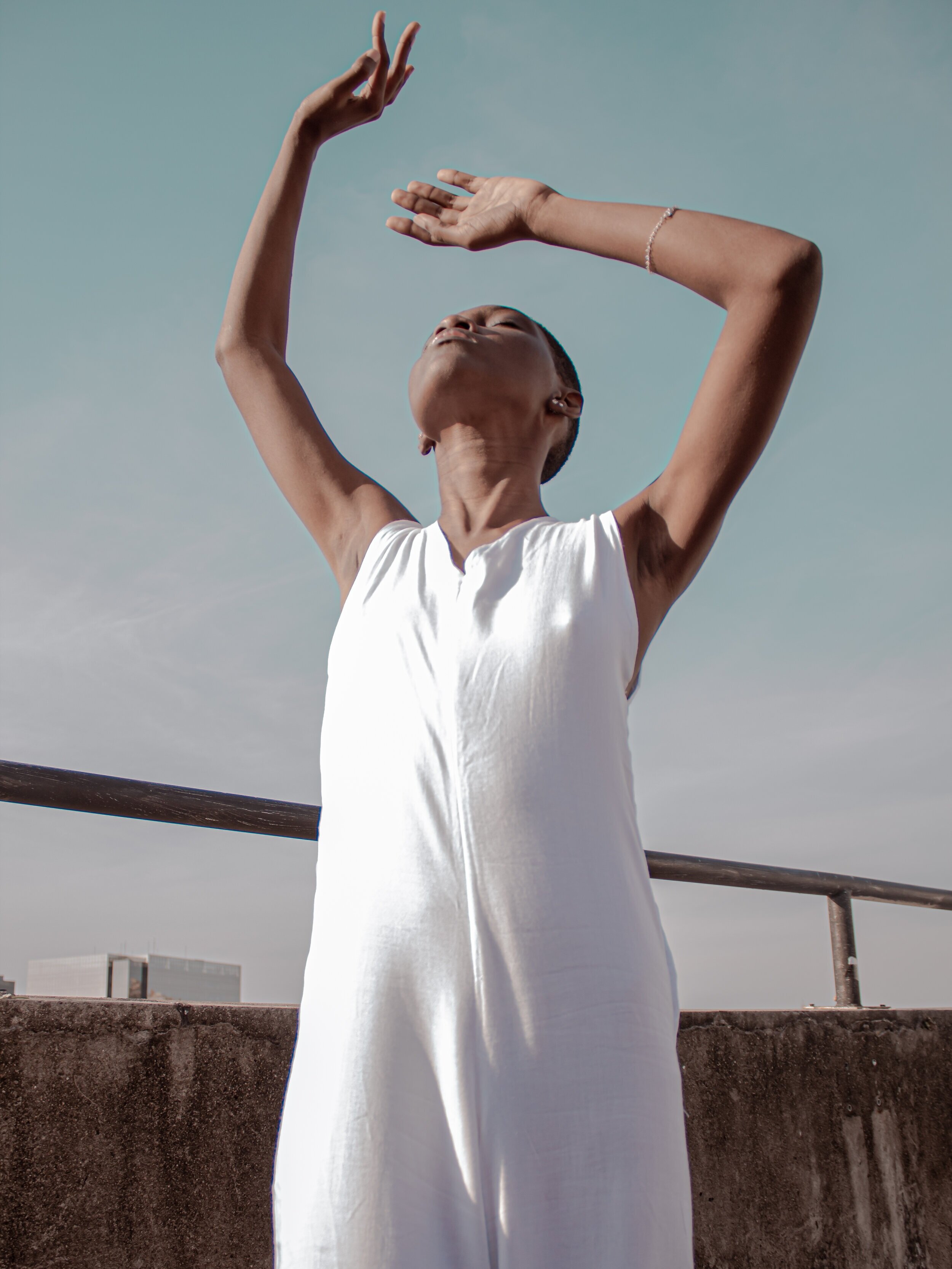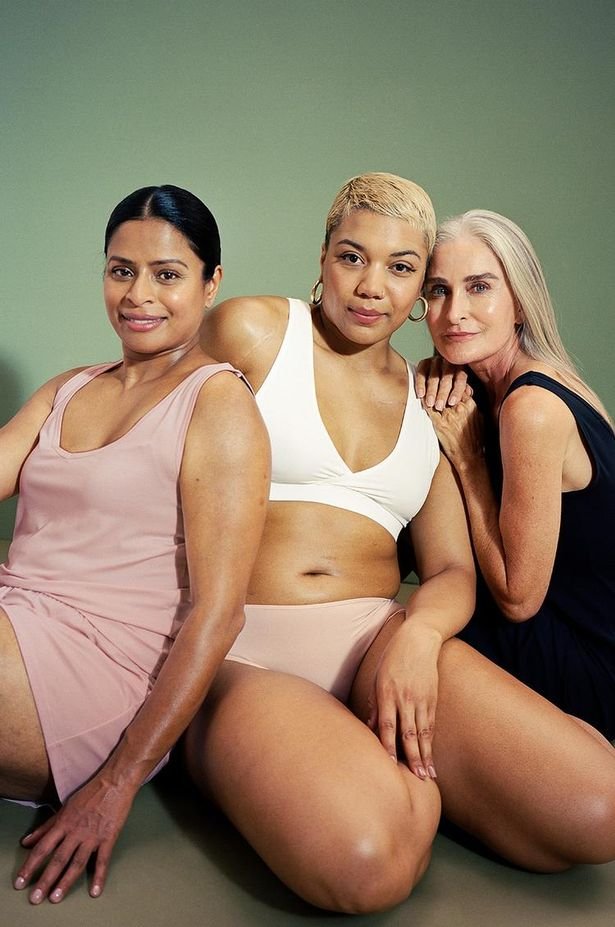Fashion & Empowerment
In 1792, writer and feminist Mary Wollstonecraft described women who follow fashion as slaves. “The soul is left out and none of the parts are tied together by what may properly be termed character. This varnish of fashion, which seldom sticks very close to sense, may dazzle the weak; but leave nature to itself, and it will seldom disgust the wise.”
Wollstonecraft considered fashion merely a “varnish” – a superficial and artificial overlay “weak” women used to package themselves up. She harshly aligns fashion with foolishness and naturalness with wisdom. Perhaps this is where the stereotype of professors dressed in porridge-coloured separates comes from; the relationship between intellectualism and fashion was considered akin to that of oil and water – they just didn’t mix.
I prefer sixties fashion designer and icon Mary Quant’s interpretation: “Fashion is not frivolous, it is part of being alive today.” She’s right. The correct outfit can make a woman feel reborn. Did any of you watch Trinny Woodall and her style tribe shop Dublin’s Grafton Street on IGTV last year? Watching the fashion lover inspire laughter and tears in the group of middle-aged women who followed her from & Other Stories to Massimo Dutti and beyond as she revealed how colour, the cut of a collar or the length of a skirt can make a woman feel ten feet tall when she’s actually five, was captivating. The Trinny London founder demonstrated very clearly that fashion is not absurd, but powerful.
It may be even more empowering for women in midlife, as it’s a period during which we traditionally think less about ourselves and our own needs and more about the individuals we care for, be that children or elderly parents.
It’s also a time when our bodies are changing, as well as our perspectives, and the clothes that made us happy and confident at 35 may no longer be the potent pieces of armour they once were. But fashion can fix this. It has the ability to enhance and improve, deflect and debunk, shock or intimidate. Its powers are myriad and they are transformative. It is one of the most important tools that we as women have at our disposal to help emancipate us from our fears and insecurities. As author, fashion historian and V&A museum curator James Laver said, “Clothes are never a frivolity: they always mean something.”
Consider Diane Von Furstenberg’s wrap dress. It’s the simplest of designs but it solved at least some of the complexities women in the 1970s faced heading out into the workforce en masse for the first time since WWII. Stuffy suits were the only real options until the wrap dress gave women the perfect sartorial solution. It was fuss-free with no zips or buttons, effortlessly chic, and even better, it was “the wash-and-wear, drip dry dress... – the antidote to high fashion,” as former Vogue contributor André Leon Talley wrote in Diane Von Furstenberg: The Wrap. This was a dress that worked for every woman of almost any means.
It was seen as revolutionary, not simply because it gave women the kind of confidence and comfort that could only help them succeed in the workplace, but because of the freedom its construction provided – it was held together by two thin belt strings – which allowed women to slip in and out of it with ease. It was perceived as sexually liberating and frowned on by many because of this. As the designer herself once said, “If you are trying to slip out without waking a sleeping man, zips are a nightmare. Haven’t you ever tried to creep out of the room unnoticed the following morning?”
fashion as frivolous
Yet despite revolutionary and iconic clothes like the wrap dress, Quant’s mini skirts and Yves Saint Laurent’s Le Smoking tuxedo suit, the idea of “fashion as frivolous” remains a powerful stereotype that persists even in 2020. Perhaps that’s because it categorises women as vacuous and empty-headed far more than it does men? Perhaps it’s because the political and social change fashion can inspire is not welcome by everyone but perceived by some as dangerous? And how do you nullify something or someone threatening? In the manner of a classroom bully, you ridicule it, poke fun at it, undermine it and eventually leave it riddled with self-doubt.
In 2011 when speaking about her role in Legally Blonde, Reese Witherspoon said, “You see so many beautiful people in this world...and your first instinct is to discount women who put a lot of effort into their looks as maybe not being serious about their job...I think everybody naturally jumps to those conclusions...” How did it happen that thinking less of a woman’s intelligence or professionalism because she cares about her clothes and her appearance became our “first instinct”? Unfortunately, fashionable women have frequently been depicted as silly and absurd throughout history, literature and cinema. In Jane Austen’s Pride and Prejudice, for instance, the two youngest Bennet sisters, Kitty and Lydia, are regularly pictured fussing over bonnets and delighting in satins and trimmings and are described by their father as, “two of the silliest girls in the country”. In 2012’s The Hunger Games, District 12 Tribute escort Effie Trinket is an outrageous fashionista who is presented as flighty, dim-witted and totally out-of-touch with reality.
fashion as armour
Thankfully though, if you dig a little deeper into the historical archive, there do exist examples of women who understood how empowering and useful clothes could be before there was any narrative to suggest so. Irish revolutionary Countess Markievicz, who fought in the 1916 rising, traded the ball gowns and tiaras of her upper-class existence for “short skirts and strong boots”. She understood how empowering the right clothes could be, both physically and figuratively, for a woman determined to be an active member of a rebellion. She also regularly dressed in full military uniform and was photographed as such because she inherently appreciated how valuable an image like this would be in influencing others’ perceptions of a woman fighting in a man’s world. She understood that you can’t just talk the talk, you must also wear the clothes, and carry the weapon. Another piece of sartorial advice she gave to women was to “leave [their] jewels in the bank and buy a revolver.” I always think of the rebel countess, who became Ireland’s first elected female politician, when I read the late Alexander McQueen’s quote, “I want to empower women. I want people to be afraid of the women I dress.”
In the 18th century, “sumptuary” laws were introduced, which prohibited certain sections of society from wearing particular fabrics and adornments in order to ensure that there was no confusion between the nobility, the bourgeois and the working class. Everyone was to remain “in their place” and there was to be no social mobility. Clothes were employed as a form of control in order to prevent them from becoming a tool of empowerment. It seems fashion has always been a weapon, but in the past women were not always the handlers. Today we are. Fashion is available to all of us and it can help any woman to feel like her best self. It’s not the only tool by any means, but it’s certainly one you don’t want to leave out of the box.
Marie Kelly, July 2020.
Do you find that what you wear empowers you?
Let’s talk in the comments below…
join the conversation
share and comment below, we’d love to hear your thoughts…
















